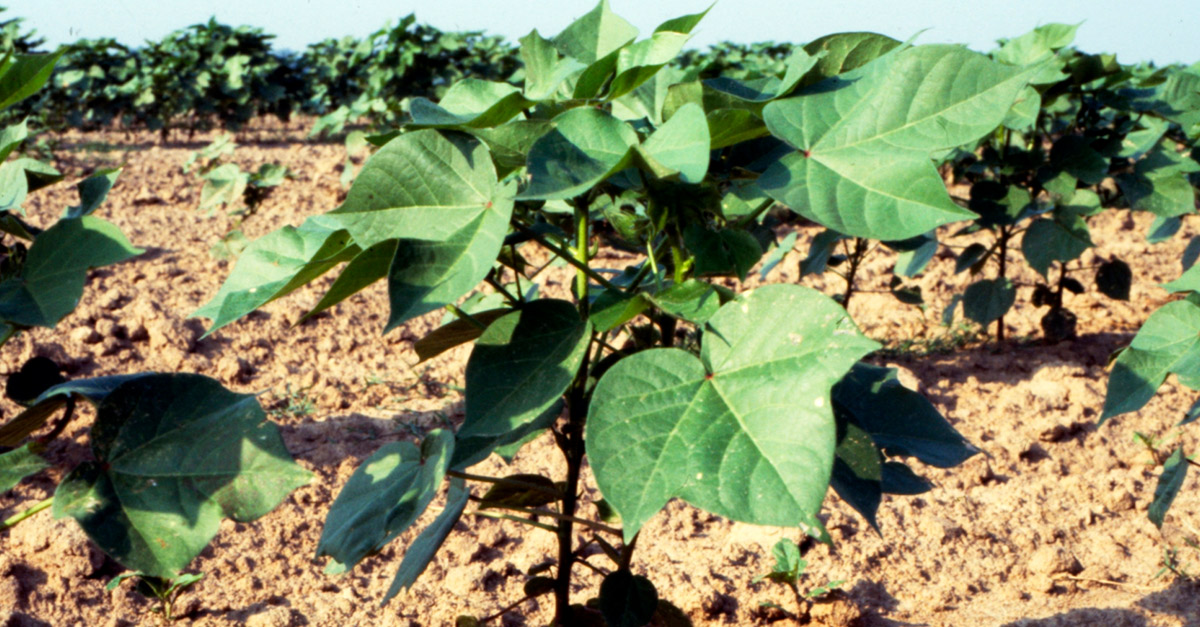Recent Rains Boost U.S. Crop but Diminish Cotton Prices
Bloomberg
Cotton fell to the lowest in more than two weeks on speculation that rain may boost cotton output in the U.S. and India.
Soybeans prices have also dropped on speculation that rain will improve development of the second-biggest U.S. crop, which had been stunted by dry conditions during the past month.
The U.S. cotton crop may top a government forecast as rain aids plants in Texas. Allenberg Cotton Co. CEO predicted an output of 13.9 million bales, up from the Department of Agriculture’s 13.25 million forecast.
“I’m a bit bearish, based on recent weather conditions,” Dr. O.A. Cleveland, a professor emeritus in agricultural economics at Mississippi State University, said July 24 at a conference in New York. “The market will spend a lot of time in the mid- and low-50 cents a pound.”
Output in Texas may be 4.7 million bales in the marketing year that starts August 1, up from an estimated 4.45 million in the current season, said Dr. Carl Anderson, a cotton specialist and professor emeritus at Texas A&M University in College Station, said at the conference.
Cotton had jumped 22 percent this year, partly on concern that production is dropping faster than demand.
Most Midwest fields will receive normal to above-average rainfall during the next seven days, improving conditions, said Mike Tannura, a meteorologist at T-Storm Weather in Chicago.
Farms from Texas to Georgia may receive more than five times the normal rainfall during the next five days, boosting depleted soil moisture, Tannura said in a note to clients today.
“The weather looks very good,” said Mark Schultz, a vice president for Northstar Commodity Investments in Minneapolis. “Soybean yields are determined in August, and the forecasts are promising some relief.”
The condition of soybean fields in the top 18 producing states was rated the best in five years as of July 19, according to the U.S. Department of Agriculture. The USDA will update its weekly assessment of the crops today at 4 p.m. in Washington.
“The crop conditions will likely remain high,” Schultz said. “Rains helped a few dry spots and cool temperatures limited heat stress.”
Soybeans are the second-biggest U.S. crop behind corn, valued at $27.4 billion last year, government figures show. The U.S. is the world’s largest producer and exporter.









